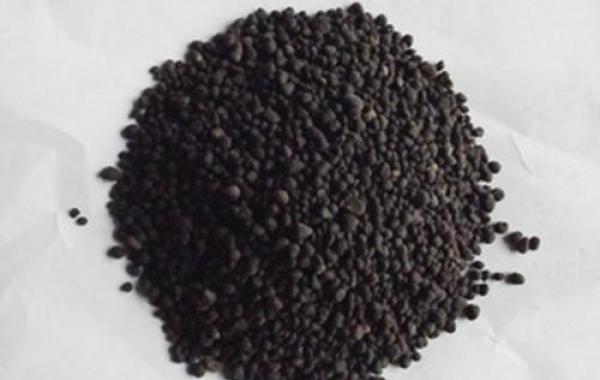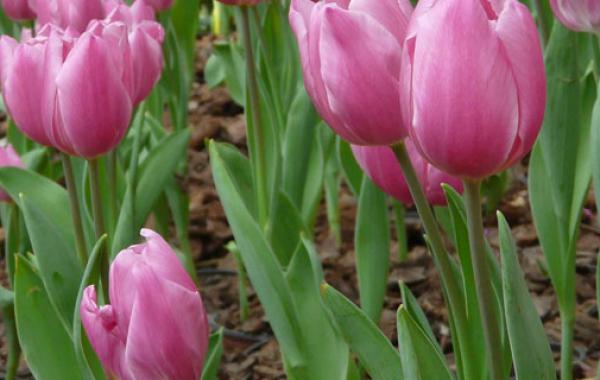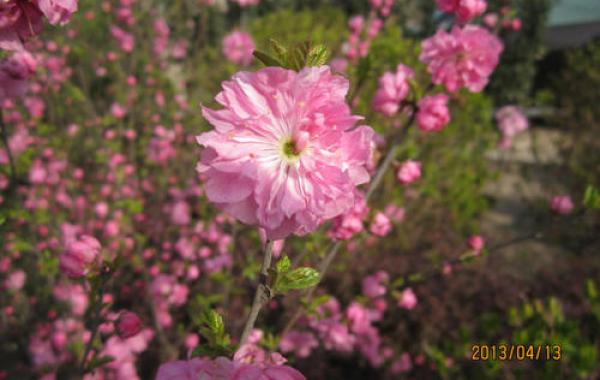How to "seven captures and seven vertical" when applying fertilizer to flowers?

How to "catch seven and seven vertical" when applying fertilizer to flowers.
In the application of fertilizer, some flowers are advantageous and some have disadvantages, so we should master their "seven captures and seven vertical" techniques.
Seven suitable fertilizers for flowers and plants:
(1) classified fertilization.
Foliage flowers should apply more nitrogen fertilizer to make their leaves fresh and crisp green; flowers should apply more phosphorus and potassium fertilizer to make plants blossom and bear fruit early; bulb flowers should apply more potash fertilizer to enrich their bulbs.
(2) timely fertilization.
When it is found that the leaves of flowers become lighter and their growth slows down, fertilization is the most appropriate. Different fertilizers and different amounts are applied according to the different growth stages of flowers, for example, nitrogen fertilizer is mainly applied at the seedling stage, and thin fertilizer is applied frequently to promote the rapid and robust growth of the seedlings; after the seedling is formed, the fertilization concentration can be increased properly. and increase the application of phosphorus and potassium fertilizer.
(3) applying base fertilizer and topdressing fertilizer.
The base fertilizer is mainly organic fertilizer, the supply of fertilizer is long-lasting and stable, and it can improve soil structure, physical and chemical properties and soil fertility. Topdressing is mainly chemical fertilizer, which has the characteristics of more nutrients, fast fertilizer effect and high intensity of fertilizer supply, which is a necessary supplement to base fertilizer.
(4) applying nitrogen, phosphorus and potassium fertilizer.
For example, partial application of nitrogen fertilizer can easily cause excessive growth of branches and leaves, postpone flowering or not; partial application of phosphate fertilizer will inhibit the absorption of nitrogen and potassium, make plants grow poorly, and easily cause iron deficiency and zinc deficiency; partial application of potassium fertilizer will inhibit the vegetative growth of plants and occur magnesium deficiency.
(5) foliar fertilizer should be applied.
During the vigorous growth period of plants or the lack of trace elements, foliar fertilizer can supplement the deficiency of nutrients absorbed by flower roots in time. However, foliar topdressing should strictly control the concentration so as not to burn the leaves.
(6) fertilization when the soil is wet.
Fertilization during soil drought can easily cause physiological dehydration and withering of branches and leaves of flowers, and in serious cases, it will lead to plant death. On the contrary, fertilization in rainy days is easy to be washed away by Rain Water because of high soil water content and poor ability of fertilizer absorption and conservation, and it will cause plant branches and leaves to grow excessively.
(7) proper amount of soil cover after fertilization.
Many people are used to applying fertilizer to the topsoil, which not only makes the fertilizer volatilize easily, but also burns the roots, especially in hot and dry weather, volatilizing faster and injuring the roots more seriously. Therefore, an appropriate amount of soil should be covered after fertilization to prevent fertilizer loss and improve fertilizer efficiency.
Seven taboos to fertilize flowers:
(1) fertilize the newly planted plants.
The root system of the newly planted plant has many wounds, and if it is stimulated by the outside world, the wound is not easy to heal, which will cause rotten roots and even lead to plant death.
(2) fertilizing diseased and weak plants.
Diseased plants have weak growth, poor photosynthesis, slow metabolism and low ability to absorb fertilizer, so it is easy to cause fertilizer damage if you apply fertilizer casually.
(3) fertilization at flowering stage.
Fertilization in the flowering stage will promote the vegetative growth of the plant, which is easy to cause overgrowth, resulting in bud drop and flower drop.
(4) fertilization in dormant period.
Flowers stop or slow down their growth during the dormancy period. If fertilizer is applied, it will break the dormancy, promote the plant to continue to grow and affect the flowering in the coming year.
(5) fertilization under roots.
When planting flowers, the root system of the plant should not be placed directly on the base fertilizer, but a layer of soil should be added to the fertilizer, otherwise it is not only not conducive to the full absorption and utilization of fertilizer, but also easy to damage the root system. In addition, topdressing should be based on the growth of the plant, and the hole should be applied at the appropriate place from the root to facilitate the absorption of the root system.
(6) applying raw fertilizer.
The application of non-fully mature organic fertilizer to flowers will not only spread diseases and insect pests, but also ferment and heat and burn the roots of plants in the process of ripening.
(7) applying thick fertilizer.
To fertilize flowers, we must strictly control the amount of fertilizer application, avoid excessive concentration or dosage, otherwise it will cause plant root burn, serious death, generally should be "thin fertilizer frequently applied".
Related
- What if the leaves of potted flowers turn yellow?
- Florescence Control of several Flowers
- Anti-freezing technology and post-freezing nursing technology of flowers
- What is the classification of flowers? What are the common methods of flower classification?
- Prevention and control of alkali and acid damage of flowers in courtyard
- Technology of Anti-freezing and restoring growth of Flower seedlings in greenhouse and greenhouse
- How does flower fertilization not hurt the root? Fertilization technology of flowers
- Key points of disinfection in flower greenhouse
- Several pesticides that are banned or used cautiously in flowers
- How to fertilize the flowers that watch the leaves?



